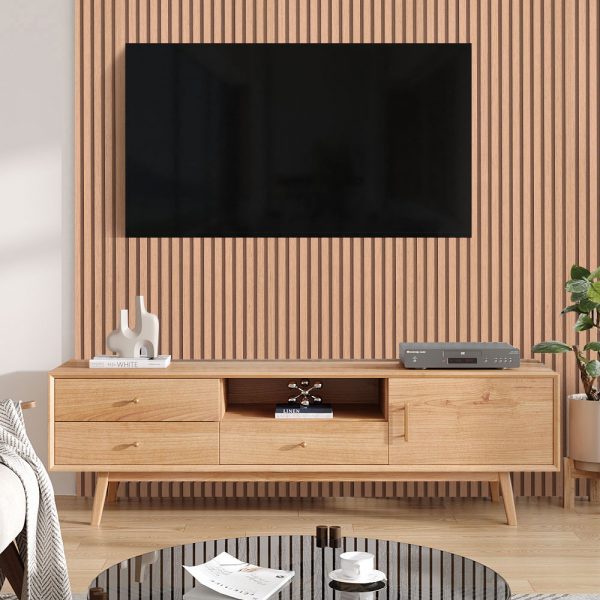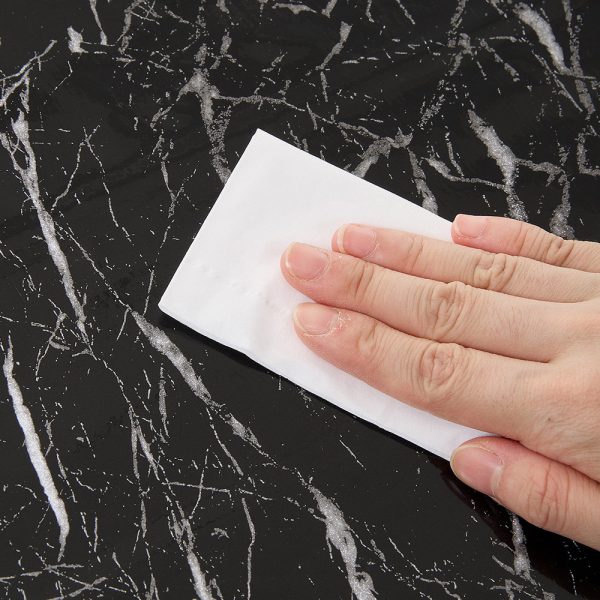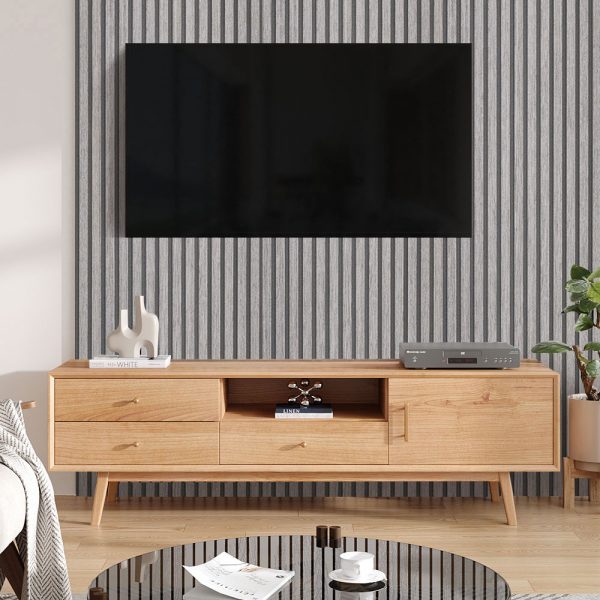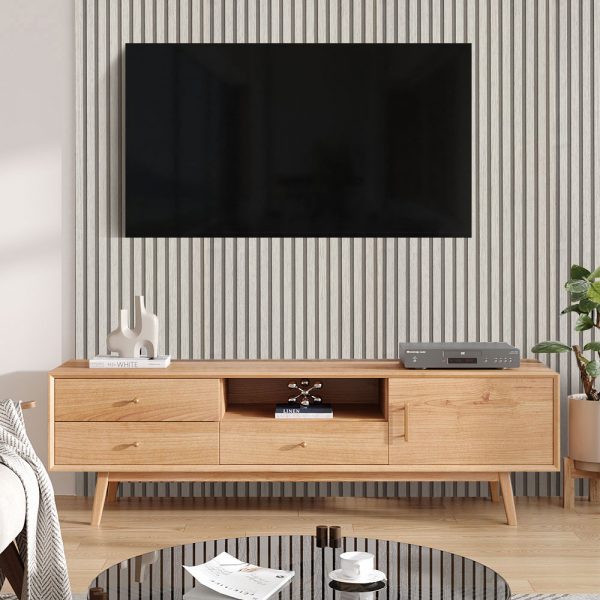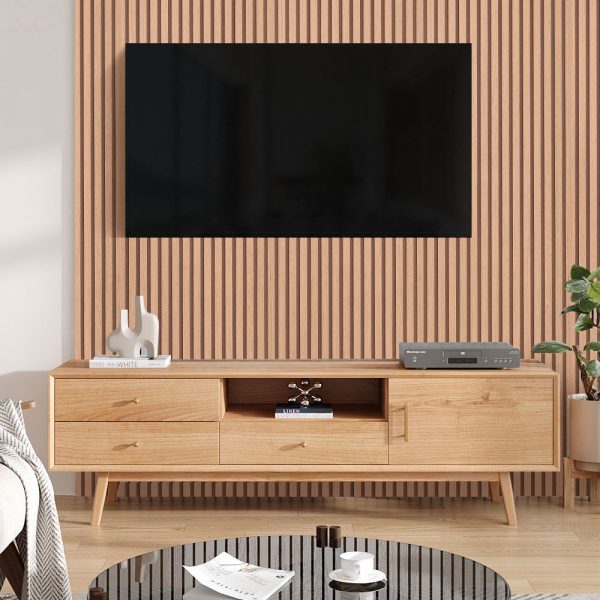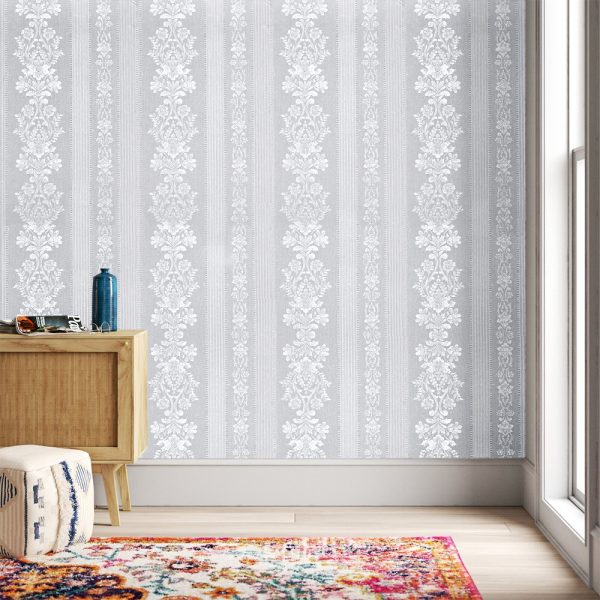How to Remove Wallpaper Without Damaging Your Walls?

Wallpaper can add character, texture, and elegance to any room—but when it’s time for a change, removing it can seem like a daunting task. Done improperly, it can damage your walls and cost you more time and money in repairs. Whether you’re updating your style or preparing your home for a fresh coat of paint, learning how to remove wallpaper without damaging your walls is key to a successful renovation.
In this detailed guide, we’ll walk you through everything you need to know about safe wallpaper removal, including tips for different types of wallpaper, the tools you’ll need, and how to handle tricky spots—all while protecting the integrity of your walls.
Why Proper Wallpaper Removal Matters
Before diving into the how-to, let’s explore why careful wallpaper removal is essential:
- Prevents Wall Damage: Peeling, scraping, or soaking incorrectly can result in gouges, holes, and torn drywall.
- Prepares Walls for Refinishing: Clean, smooth walls are crucial for paint or new wallpaper to adhere properly.
- Saves Money: Avoiding unnecessary repairs cuts down on renovation costs.
- Maintains Property Value: Damaged interiors can reduce home appeal and resale value.
Tools You’ll Need
Here’s a list of essential tools for removing wallpaper without causing harm to your walls:
- Putty knife or wallpaper scraper
- Sponge and warm water
- Spray bottle or garden sprayer
- Scoring tool (for non-peelable wallpaper)
- Wallpaper removal solution or white vinegar
- Plastic drop cloths and painter’s tape
- Steamer (optional for stubborn wallpaper)
- Gloves and safety glasses
Step-by-Step: How to Remove Wallpaper Safely
1. Identify the Wallpaper Type
Start by understanding what type of wallpaper you’re dealing with. Different types respond to different removal techniques:
- Peelable Wallpaper: The top layer peels off easily, leaving behind a backing layer.
- Strippable Wallpaper: Designed to be removed without water or chemicals.
- Traditional Wallpaper: Usually requires soaking and scraping.
- Vinyl Wallpaper: Water-resistant, often needs scoring before soaking.
Tip: Try peeling a corner. If it comes off easily, it’s likely peelable or strippable. If it resists, it’s probably traditional or vinyl.
2. Prepare the Area
- Move furniture out of the way or cover it with drop cloths.
- Use painter’s tape to secure plastic sheeting along baseboards.
- Turn off electricity and remove outlet covers to avoid water-related hazards.
3. Test a Small Section First
Before tackling the entire wall, test a 2×2 ft. area using your chosen method. This ensures you won’t damage the wall surface with harsh tools or chemicals.
4. Remove the Outer Layer
If it’s peelable wallpaper, start by pulling off the top layer by hand. Begin at a bottom corner and gently peel upward. Use a putty knife to assist if it resists. For kids wallpaper, be extra gentle—these often come with vibrant prints that leave residues or thin paper backing.
5. Soften the Adhesive
Once the top layer is gone, you’ll be left with the adhesive backing. To remove it:
- Mix equal parts warm water and white vinegar or use a commercial wallpaper remover.
- Spray the solution onto the backing and let it sit for 10–15 minutes.
- Test an area with a scraper. If it lifts easily, proceed.
If you’re dealing with wall murals, the paper may be thicker or laminated. These may require scoring with a wallpaper removal tool to allow the solution to penetrate effectively.
6. Scrape Carefully
Using a plastic putty knife (to avoid gouging), gently scrape the loosened wallpaper off in sections. Always keep the tool at a shallow angle to avoid digging into the wall.
If the paper doesn’t come off easily, reapply the solution and wait another 10 minutes.
7. Steam for Stubborn Wallpaper
If water and vinegar don’t do the trick, rent or purchase a wallpaper steamer:
- Fill the steamer with water and let it heat up.
- Hold the plate against the wallpaper for 10–20 seconds.
- Move it slowly across the surface, section by section.
- Scrape off the loosened paper as you go.
Steamers are especially helpful for vinyl or multi-layered wallpaper.
8. Clean the Walls
After the wallpaper is gone, wash the walls with warm water and a sponge to remove residual adhesive. Allow the walls to dry completely before painting or applying new wallpaper.
How to Avoid Wall Damage
Avoiding damage is all about patience and the right technique. Here’s what to keep in mind:

- Don’t Over-Scrape: Apply more solution or steam instead of scraping aggressively.
- Use Plastic Tools: Metal tools can gouge drywall.
- Avoid Harsh Chemicals: These can damage paint and drywall underneath.
- Patch and Sand: If you do nick the wall, patch with joint compound and sand smooth before refinishing.
Common Mistakes to Avoid
- Skipping the Test Patch: Every wall is different—test before you dive in.
- Forgetting to Protect Flooring: Wallpaper glue and water can ruin hardwood or carpet.
- Using Boiling Water: This may loosen wallpaper but can warp drywall—warm water is best.
- Not Ventilating the Room: Especially when using vinegar or commercial removers.
Eco-Friendly Alternatives for Wallpaper Removal
Want to keep things green? Here are a few sustainable practices:
- Use a homemade vinegar solution instead of chemical removers.
- Recycle wallpaper scraps if possible.
- Repurpose large mural sections into drawer liners or DIY art.
When to Call a Professional
Sometimes, it’s best to call in the experts—especially if:
- You have multiple layers of wallpaper.
- The drywall beneath is fragile or crumbling.
- You’re dealing with large, high-ceilinged areas.
A professional wallpaper removal service can save time and guarantee no damage to your walls.
Promotional Paragraph (Include Internal Link)
Need help with wallpaper removal or planning a full wall makeover? Our expert team at Livora offers reliable and damage-free wallpaper removal services across the region. Whether it’s a single accent wall or a full home revamp, we’ve got the tools, experience, and care to leave your walls flawless and ready for a new look.
Removing wallpaper doesn’t have to be a nightmare. With the right tools, some patience, and a clear plan, you can strip away old designs and get your walls ready for something new—without a single dent or ding.
Whether you’re saying goodbye to old kids wallpaper or updating oversized wall murals, your best bet is to go slow, stay gentle, and prioritize wall protection. Following these steps will not only save you time and money but also leave your walls in pristine condition, ready for the next chapter of your home’s interior story.
Read More: Transform Your Living Room with These Wallpaper Designs


